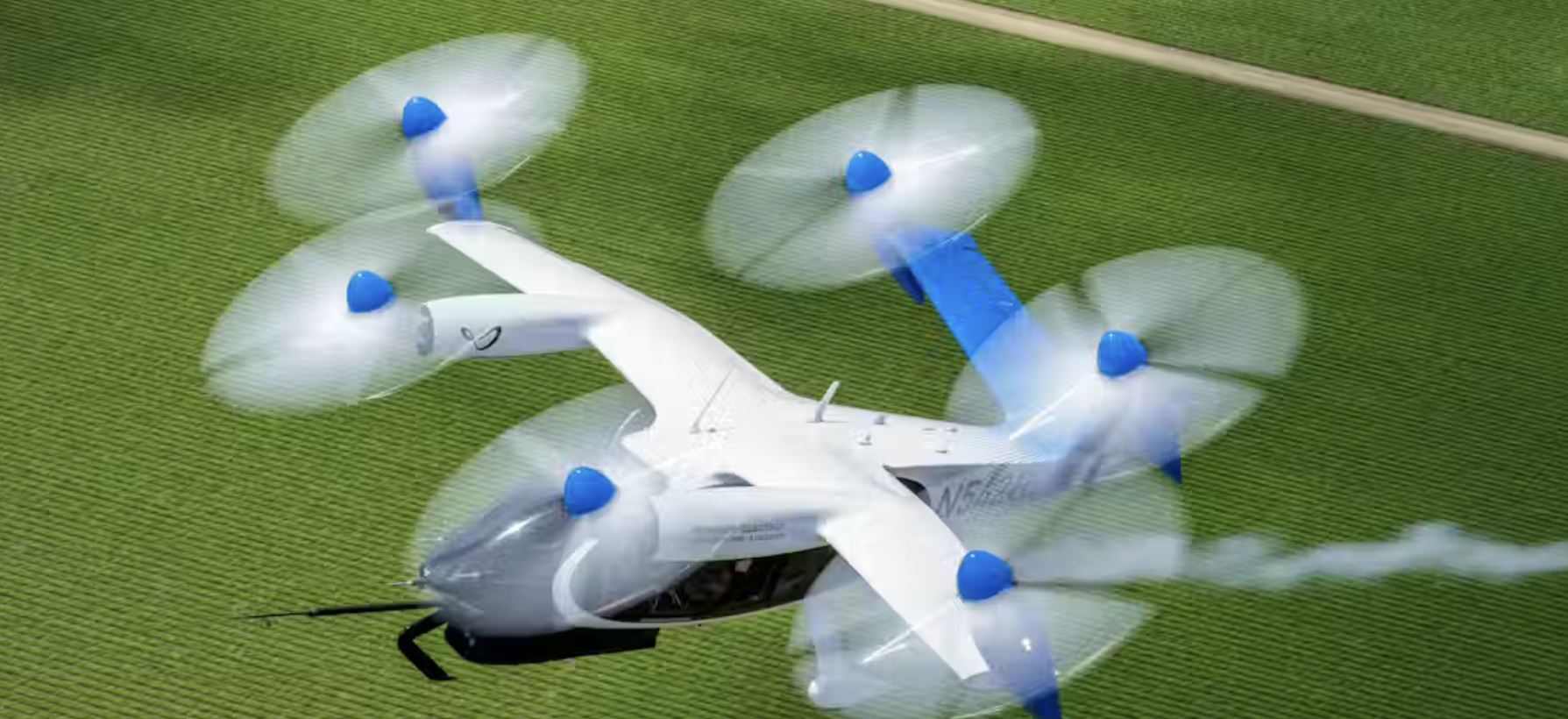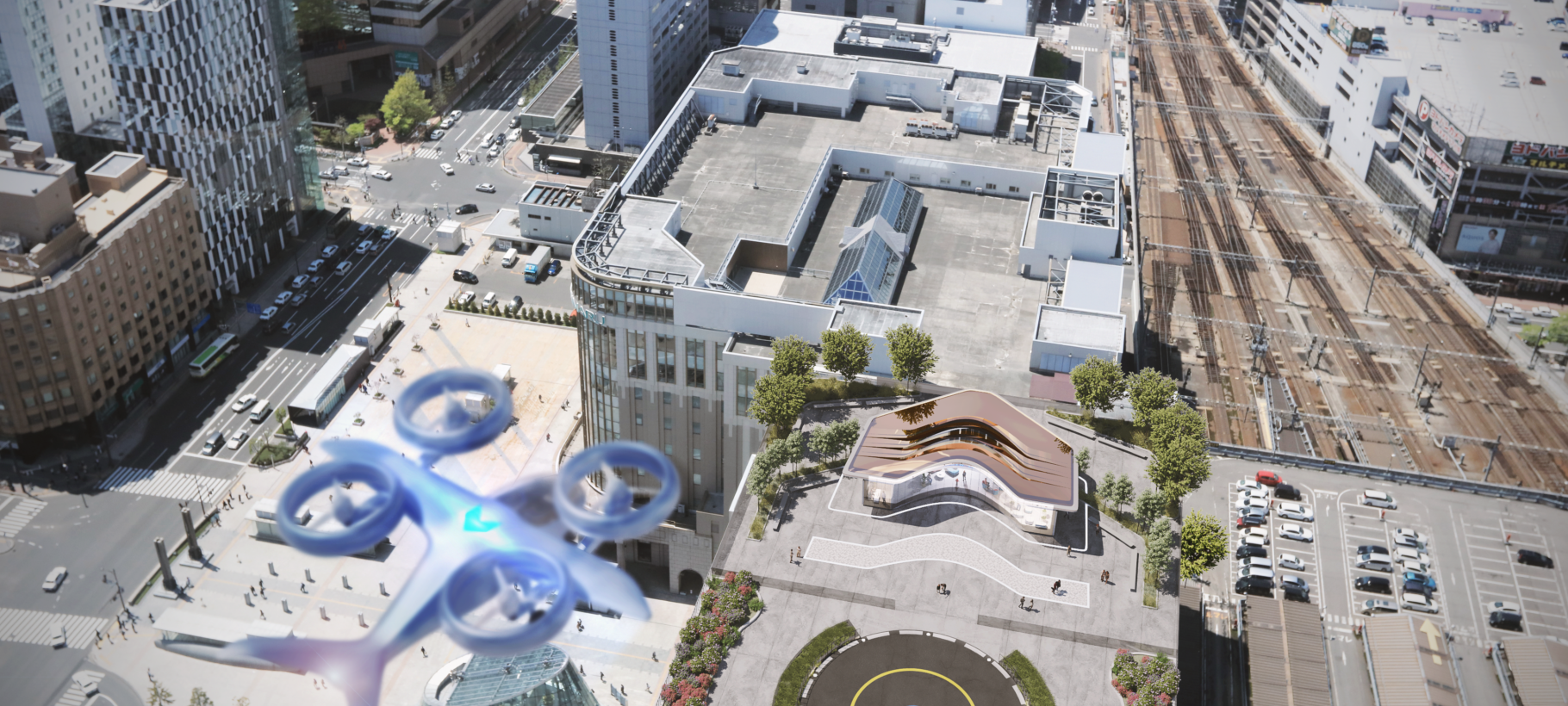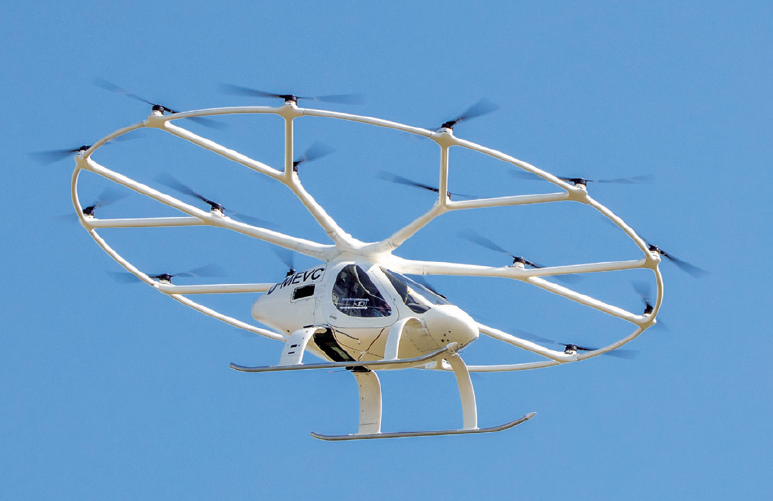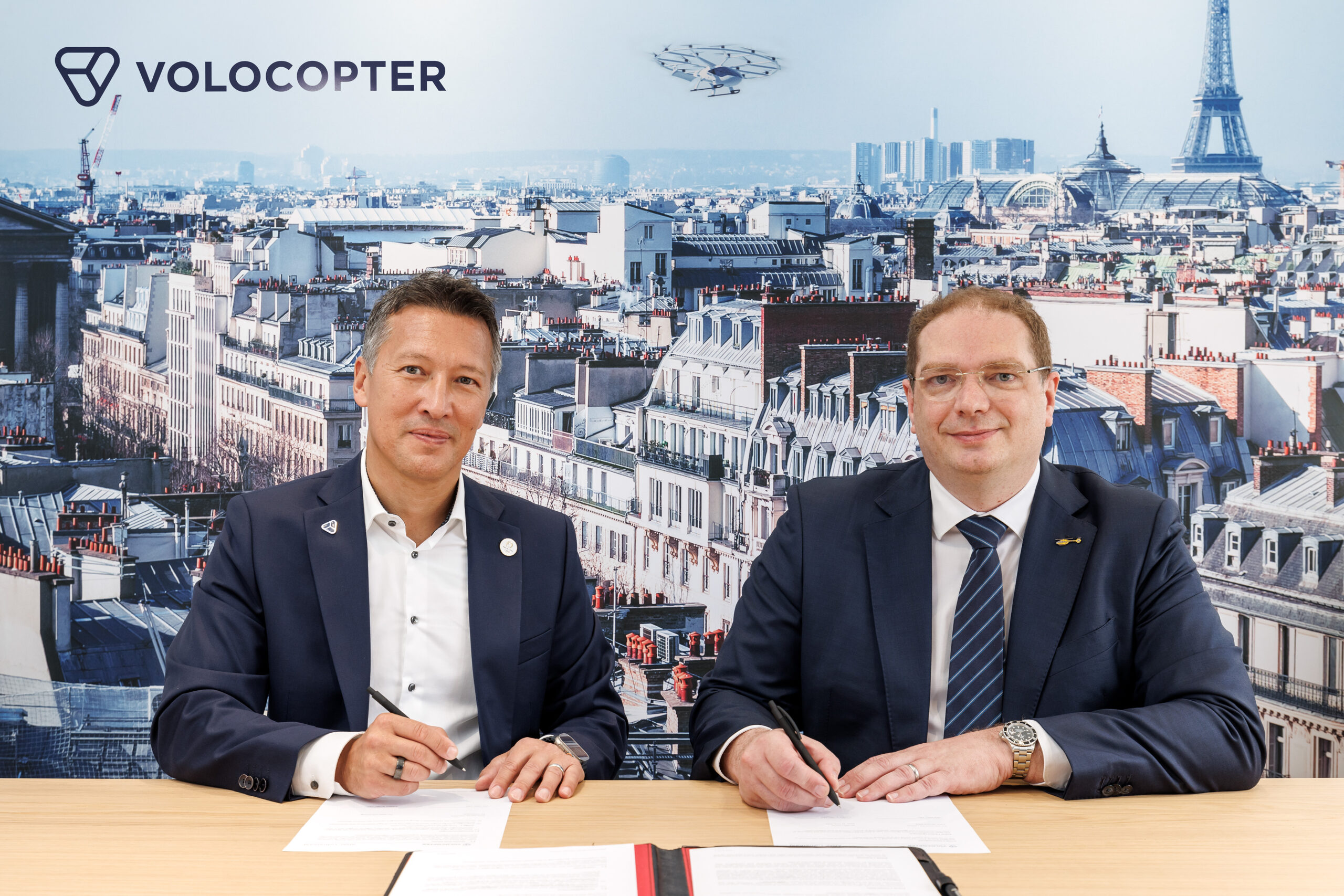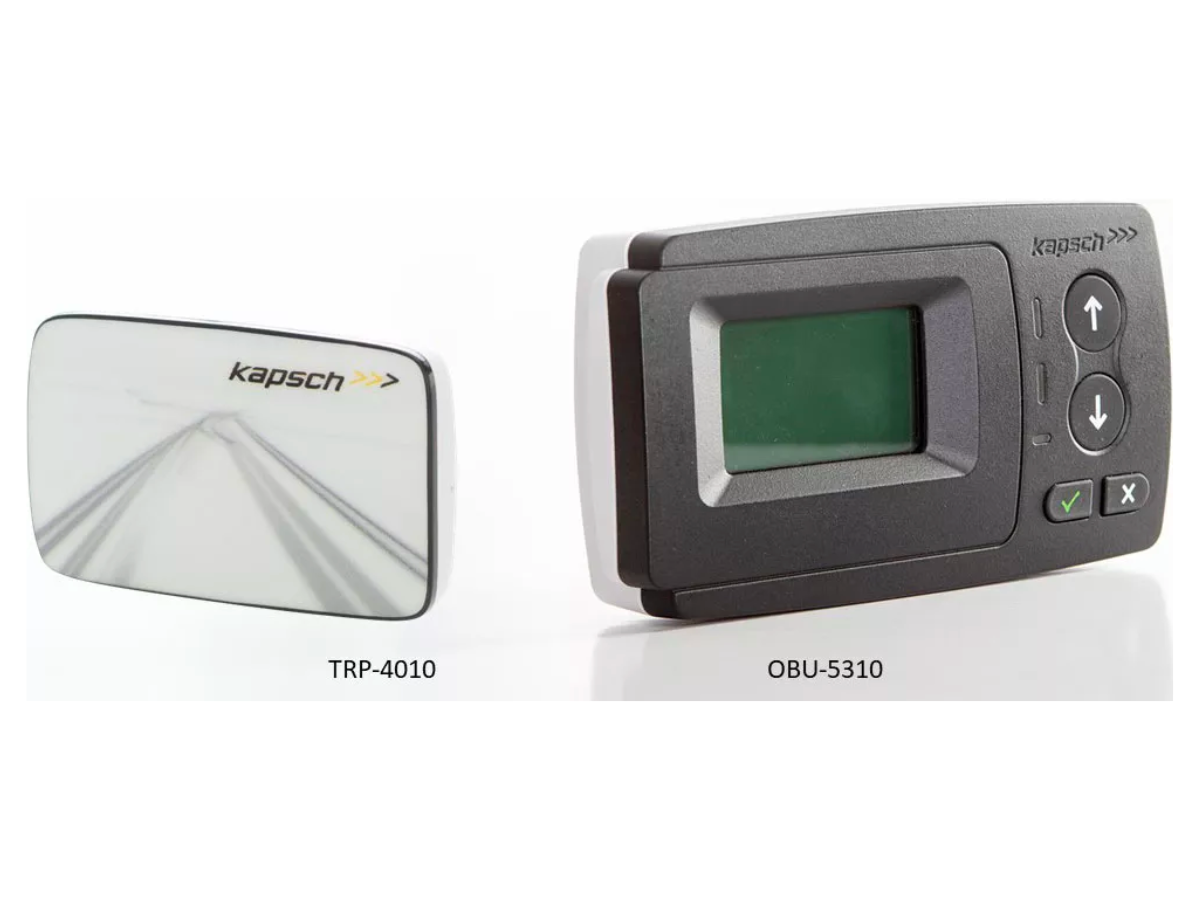The Federal Aviation Administration (FAA) has released an implementation plan outlining the required steps to enable the near-term rollout of advanced air mobility operations.
This Innovate28 plan details how the agency and its partners will certify aircraft and pilots, manage airspace, develop infrastructure, maintain security and engage communities to enable operations at one or more sites by 2028.
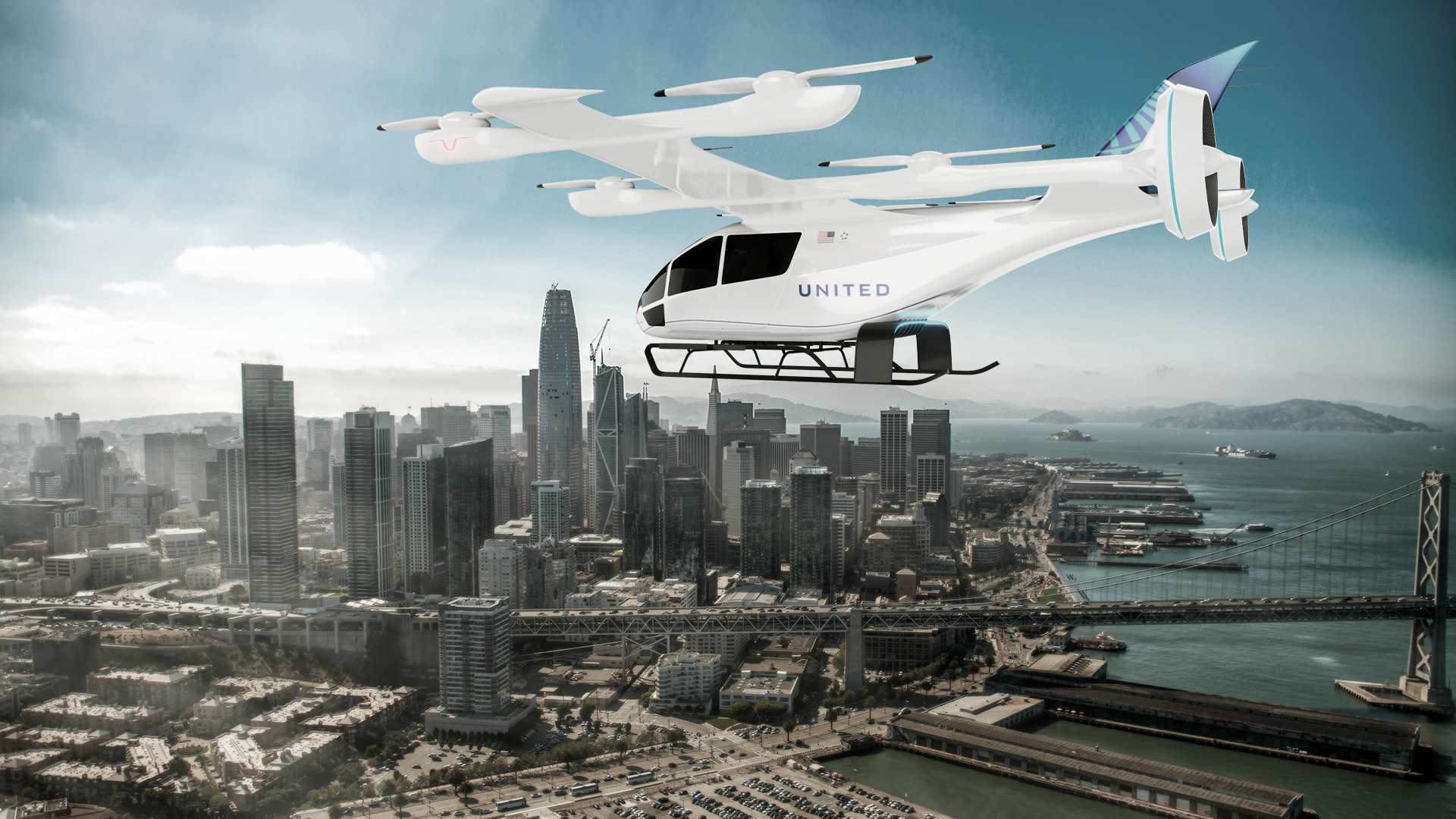
The plan aims to maximise the use of existing procedures and infrastructure while providing a guide that can be applied to any site.
Deputy FAA Administrator Katie Thomson said:This plan shows how all the pieces will come together allowing the industry to scale with safety as the north star.
Multiple entities will be involved in carrying out this plan, including the FAA; the advanced air mobility industry; labour partners, NASA; the Department of Homeland Security; the Department of Energy; the power industry; and state, local and tribal communities.
This effort follows the agency’s release of its airspace blueprint in May.
Highlights detailed in the plan include:
Operations
Onboard pilots will be able to fly advanced mobility aircraft to and from multiple locations, using predetermined flight schedules.
Advanced air mobility aircraft will likely operate up to 4,000 feet altitude in urban and metropolitan areas. They will use existing or modified low-altitude visual flight rules (VFR) routes within controlled Class B and C airspace around major airports.
Infrastructure
Operators, manufacturers and state and local governments will be responsible for planning and developing vertiport infrastructure.
Advanced air mobility will initially operate at existing heliports, commercial service airports and general aviation airports. Modifications to these sites may be required to install charging stations, parking and taxiing space.
Power Grid
The electrical power grid may require upgrades to serve advanced air mobility operations.
The FAA has an interagency agreement with the Department of Energy’s National Renewable Energy Lab to determine how aircraft electrification affects a vertiport, heliport or airport’s electrical grid.
Security
The Department of Homeland Security will determine the necessary types of security that should be deployed for advanced air mobility services.
The TSA and FAA are also evaluating the need for expanded cybersecurity requirements due to the use of advanced technology and operational protocols.
Environment
The FAA will consider the environmental impacts of advanced air mobility operations, including factors such as noise, air quality, visual disturbances and disruption to wildlife.
Community Engagement
The FAA will engage with airports, as well as local, state and tribal communities to better understand community concerns about advanced air mobility operations.


